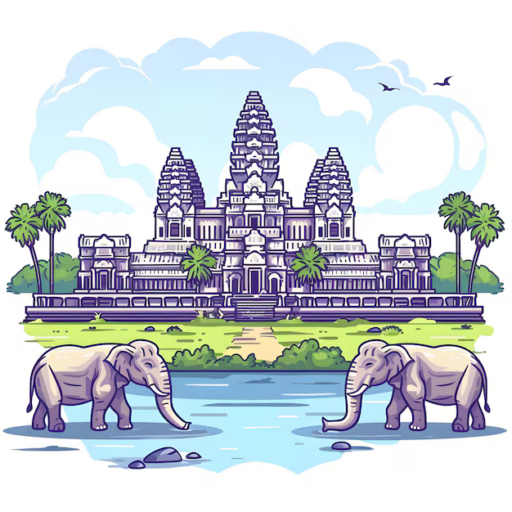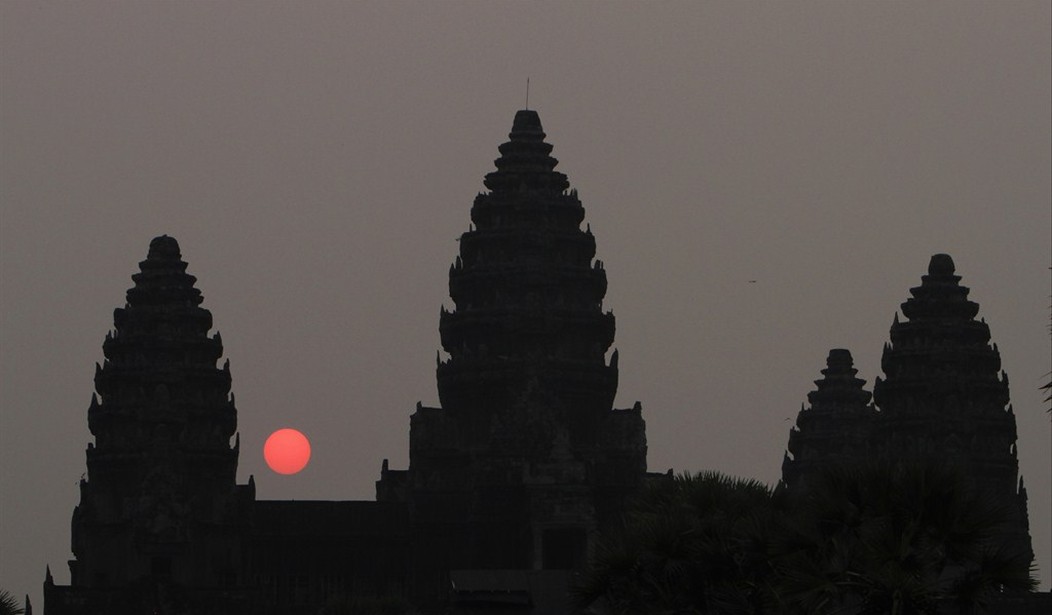What if every man who came up behind you was a potential spy? What if explosives were stacked in your school? What if you lost almost your entire family to a genocidal regime? Samnop and his family suffered through all those horrific experiences during the Cambodian civil war in the 1970s-1990s.
As I highlighted in my first piece about his experiences, Samnop, who goes by Sam, wants Americans and the world to understand how devastating war is and what happened in Cambodia under the Khmer Rouge, or the Communist Party of Kampuchea (CPK). CPK leader Pol Pot was one of the worst mass murderers of the 20th century. Indeed, 25 of Sam’s own family members died under the Khmer Rouge regime, including three of his siblings. While Sam himself was born after the era of the genocidal “killing fields” (1975-79), he grew up with the reality of civil war, as the Khmer Rouge split and multiple factions were fighting each other in Cambodia. Sam shared with me stories from his family’s experience during the “killing fields” era, and his own experience later during the civil war, overcoming huge obstacles to learn English and fulfill his dreams. Now Sam wants Americans to come to Cambodia too, and see his country for themselves.
Sam’s grandfather died during the Khmer Rouge purge of educated people, when Sam said around 95% of educated Cambodians were massacred. “I want to talk about my grandfather, my mother, and my father,” Sam said. “My grandfather, he was a professor of law and economy, so [Khmer Rouge] tried to kill my whole family. But my mom had been safe because after my grandfather know that this is trick of Khmer Rouge, they want to find the educated people[’s] family, that’s why my grandfather, he lie to the Khmer Rouge about my mom, that he said my mom is not real daughter of him, she’s adopted daughter.” So she survived to have Sam.
Sam, along with some scholars, estimates the Khmer Rouge genocide’s death toll at around 3 million Cambodians, out of a population of about 7 million. His father was one of the few educated Cambodians who survived. “And my father, he was a student in the university at that time, but he kept secret of his knowledge, he said ‘I’m a taxi driver, I don’t know anything,’ and he almost die many times,” Sam explained. “Because they test him, because he told me one night, when he cooking, somebody walk behind him and they said, ‘Bonjour’? But he control his mind, and he [pretend] like he don’t understand anything, and he look at that man, he smiles, and then he try to test him many times.”
One question Sam’s father was asked was “‘What do you do in Phnom Penh?’ Because at that time every people have to move out from the city to the countryside, so we call new people and old people … old people just mean very old age, the people who in Khmer Rouge side, look after and observe all the new peoples.” This was after 17 April, 1975, when Khmer Rouge successfully occupied the city of Phnom Penh, when the Khmer Rouge was trying to force people out of the city to live in a classless, socialist agrarian society. This project became a deadly disaster.
Sam provided context as to why the conflict had occurred to begin with and whom the Khmer Rouge was fighting. “Lon Nol is first president of Cambodia who brought democracy from the United States, and Richard Nixon and [U.S. Secretary of State] Henry Kissinger support him,” Sam said. Unfortunately, the Khmer Rouge was determined to massacre Lon Nol supporters, most particularly the educated supporters.

